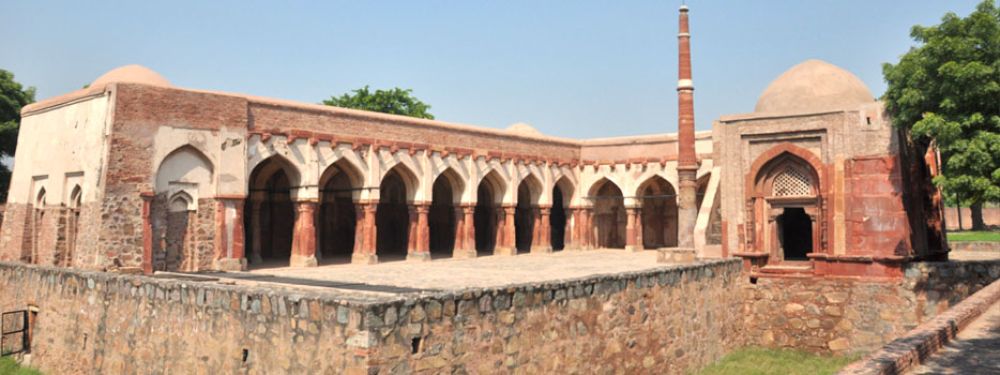

Situated in the heart of Hisar, a city with a rich tapestry of history in the state of Haryana, India, the Gujri Mahal stands as a testament to the architectural and cultural legacy of the region. The mahal, or palace, is said to have been built by Firoz Shah Tughlaq in the 14th century, and it was constructed for his beloved wife, Gujri. This makes it not only a piece of historical architecture but also a monument to a love story from the bygone Tughlaq dynasty.
The tourism history of Gujri Mahal is relatively recent when compared to its ancient past. For many years, the palace was not as well preserved or promoted for tourism as it should have been. It wasn't until the Haryana state government and the Archaeological Survey of India (ASI) started initiatives to conserve and restore such heritage sites that Gujri Mahal began to garner the attention it deserved from history aficionados, culture vultures, and tourists alike.
In the past few decades, there has been a concerted effort to include Gujri Mahal on the tourism map. Restoration works have tried to maintain the integrity of the original structure while making it more accessible and informative for visitors. The site now features informational plaques detailing the history of the structure and the stories associated with it, allowing the impactful past of the site to resonate with those who visit.
In the latest tourism trends, there has been an increased focus on sustainable and responsible tourism. Visitors are being encouraged to respect the historic site and the local culture that surrounds it. Additionally, experiential tourism has seen a rise, with tourists seeking to engage more deeply with the history and stories of places like Gujri Mahal. Travelers today are not just satisfied with sightseeing; they want to immerse themselves in the local narrative, understanding the significance of the palace in the broader context of Indian history.
Moreover, digitalization has also impacted tourism at Gujri Mahal. Virtual tours and augmented reality applications are in development, aimed at providing an enriched experience to those unable to visit in person. This has the potential to bring the majesty of the Tughlaq era to a global audience, bridging the gap between the past and the present.
With its enhanced visibility and accessibility, Gujri Mahal is gradually turning into a sought-after destination for those visiting Haryana. Its historical importance, combined with its romantic backstory, continues to captivate visitors and promises a unique experience for those interested in the rich tapestry of India's cultural heritage.
Note: While Gujri Mahal has much to offer to the curious traveller, it's important to check the latest visitor information as conservation work can affect opening times and access to certain parts of the palace.